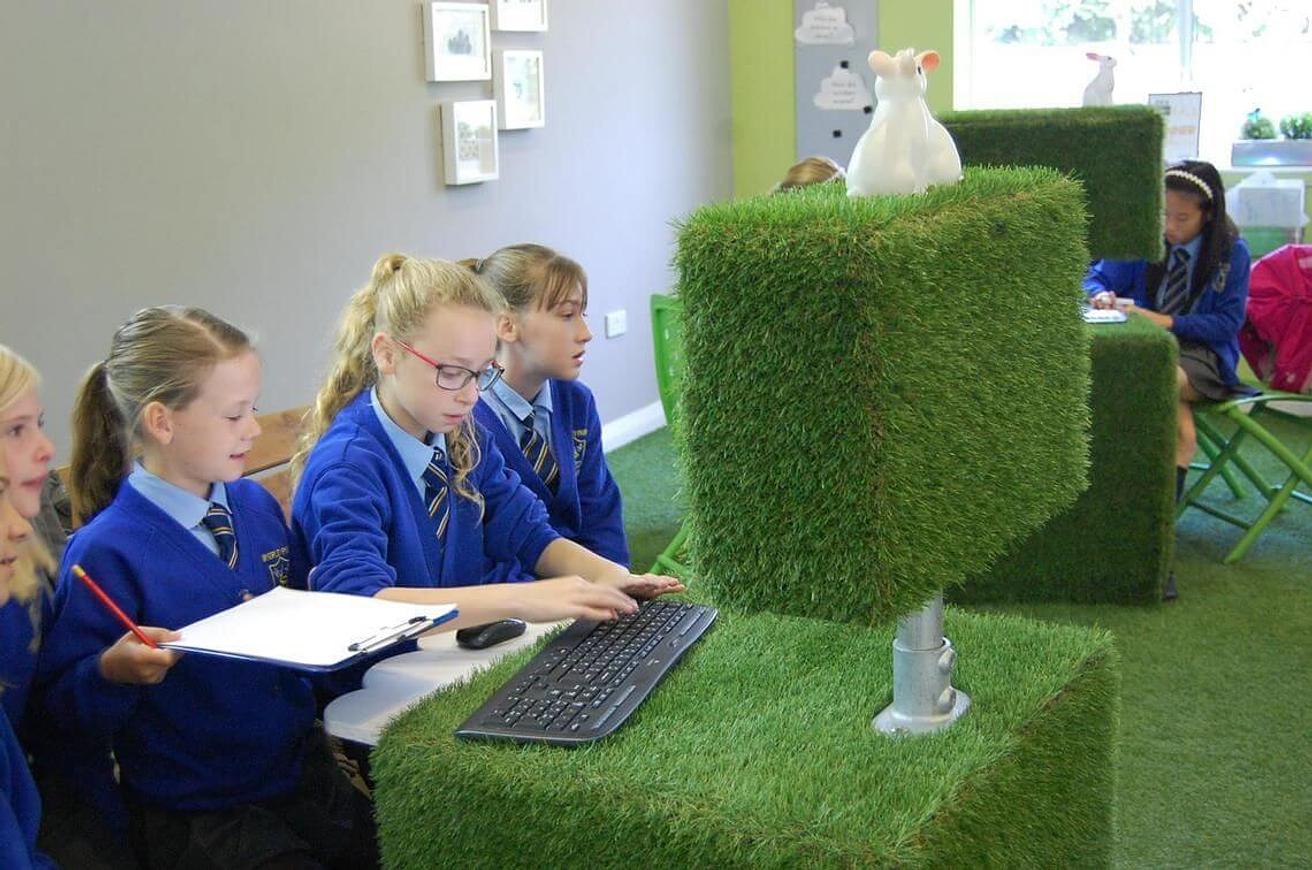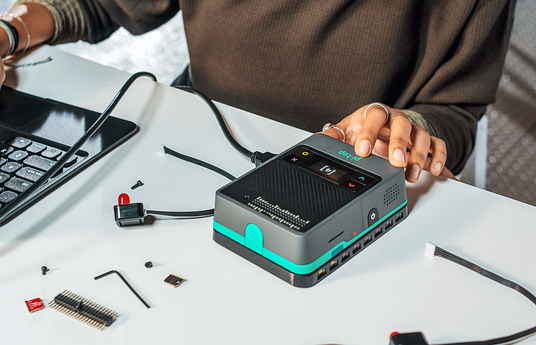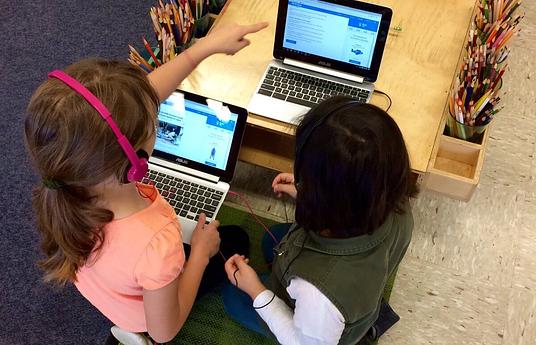Choosing which technology to incorporate into the classroom can be an overwhelming experience. Out of all the shiny products vying for your attention which should you choose to spend your precious school budget (and time) on? Don’t sweat it, we’ve got your back. Here’s some of our favorite technology solutions that have proven to create real impact for the students who use them.
Want to get students skilled-up for a career in robotics or programming?
Mehackit provides robotics and programming courses for high-schoolers. Throughout the course students build technology projects and learn the basics of programming. Whereas the tech industries tend to be filled with individuals from privileged backgrounds, Mehackit are focused on democratizing the access to programming instruction so that everyone has the opportunity to build these skills and learn how technology works.
Pi-Top provides a cost effective, high-quality solution to your programming education needs. Pi Top makes it possible for any teacher, no matter their computer literacy level, to hold an engaging and up-to-date computer science lesson. The Pi-Top hardware allows students to learn how to build a laptop, with the replacement parts coming in at a cheap price for any repairs or upgrades, plus they provide software for educators so they can deliver an exciting computer software class with confidence!
Want to invigorate old subjects with new technologies?
Kahoot! is a games-based learning platform that gets kids excited to learn. They provide free pre-made games or teachers (and students!) can create their own. Kahoot! enables the classroom experience to take on a game-show vibe, where teachers are the host and students compete to get the right answers. This year Kahoot! is focusing on developing games in mathematics, but will continue to add games in history and ELA. Join the 70 million people already using Kahoot! every month.
Everyone knows how important reading is, particularly in education, however it can be difficult to motivate today’s students to read their textbooks as they’re so used to dynamic content in their lives outside school. Newsela provides a unique solution. Their platform is full of engaging, accessible content from high-quality sources such as The Washington Post, and cover topics that students actually care about. Every article comes in different reading levels and has in-built assessments to encourage students to interact with the content and to enable teachers to assess students in real-time.
Brave enough to embrace the newest of technologies like virtual and augmented reality?
Start young with Octagon 4D and use their interactive cards on topics such as animals and space to engage young children in education. All you need to do is buy the Octagon 4D packs of cards, download the app and then watch the joy as children pass the phone over the card and see it come to life!
For slightly older students why not check out Lyfta? A virtual reality storytelling device, in-line with the UN’s sustainable development goals, Lyfta takes you into the lives of people all over the world, building understanding of other cultures and increasing empathy skills. In the VR atmospheres there are in-built multimedia resources to guide the children and to engage and educate them on the environment they’ve been transported to. Lyfta have even found that their VR experiences have helped students with dyslexia!
What about increasing independent learning?
What if you want students to create their own dynamic content? ThingLink is a tool which enables just this. Students can create their own 360 tour of an environment or experience the ones provided by ThingLink – introducing them to completely new worlds. By experiencing the world through rich media and creating their own, learners increase their cognitive and emotional engagement with the subject they’re studying.
SOLE (self-organized learning environments) is a way of educating in which students really get to take the lead. Learners are tasked with a problem they have to solve by the teacher and then are left to their own devices – and the internet – to find the solutions. Students get to work together, which builds their collaborative and social skills, whilst also building on their ability to work independently. The genius of this tech-based solution is, as long as you have access to the internet, you can start doing this tomorrow. The enquiry-based approach can be used in any subject and is a great way to improve motivation and engagement in any classroom.




